Introduction
Dried wood ear mushrooms, also known as Auricularia auricular-judae or simply ‘wood ears,’ are a popular culinary ingredient in many global cuisines. Their unique texture and mild flavor make them versatile additions to soups, stir-fries, salads, and various other dishes. One of the key steps in preparing these mushrooms for cooking is soaking them to rehydrate them. However, once soaked, it’s crucial to know how to store them properly to prevent spoilage and maintain their quality. This comprehensive guide will delve into the best practices for storing pre-soaked dried wood ear mushrooms, ensuring they remain fresh and ready to use when needed.
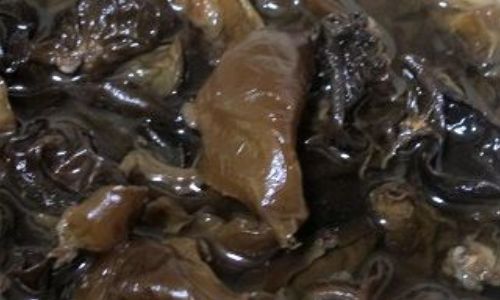
Understanding Dried Wood Ear Mushrooms
Before discussing storage methods, it’s essential to understand the basic characteristics of dried wood ear mushrooms. These mushrooms are typically harvested from trees, dried to preserve them, and then sold in their dehydrated form. Drying removes most of the moisture content, which acts as a natural preservative, extending their shelf life significantly. When ready to use, the mushrooms are soaked in water until they revert to their original, tender texture.
The Importance of Proper Storage
Once soaked, wood ear mushrooms become susceptible to bacterial growth and spoilage due to the reintroduction of moisture. Improper storage can lead to mold, off odors, and a slimy texture, rendering them unsuitable for consumption. Therefore, it’s imperative to store pre-soaked mushrooms correctly to maximize their shelf life and maintain food safety.
Immediate Use vs. Storage
Ideally, soaked wood ear mushrooms should be used immediately after soaking to ensure optimal freshness and flavor. However, if you find yourself with leftover soaked mushrooms or need to prepare them ahead of time, there are several effective storage strategies you can employ.
Refrigeration
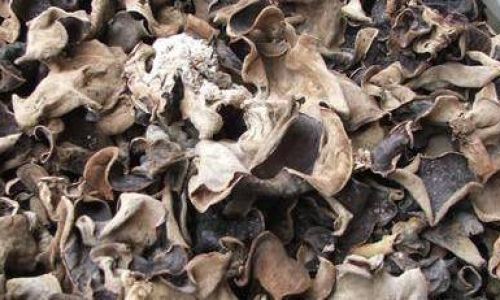
Refrigeration is the most common and effective method for storing pre-soaked wood ear mushrooms. Here’s a step-by-step guide:
-
Drain Thoroughly: After soaking, drain the mushrooms well using a colander. Gently press out any excess water using a clean kitchen towel or paper towels. Removing as much moisture as possible will help slow down bacterial growth.
-
Transfer to a Container: Place the drained mushrooms in an airtight container or a resealable plastic bag. Ensure there’s no excess liquid in the container, as this can promote spoilage.
-
Label and Date: Label the container with the date you soaked and stored the mushrooms. This will help you keep track of how long they’ve been stored.
-
Refrigerate: Place the container in the refrigerator, preferably in the crisper drawer where humidity is controlled. The ideal refrigerator temperature for storing soaked mushrooms is between 32°F to 40°F (0°C to 4°C).
Shelf Life in the Refrigerator
Properly stored in the refrigerator, pre-soaked wood ear mushrooms can last for up to 3-5 days. Always check for signs of spoilage before using, such as an unpleasant odor, sliminess, or discoloration.
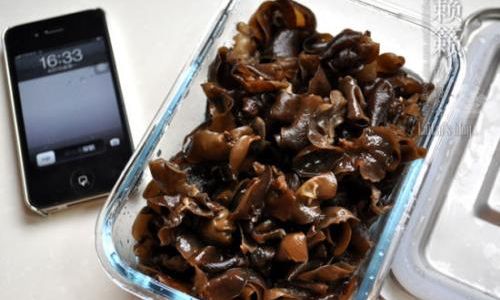
Freezing for Longer Storage
If you need to store soaked mushrooms for longer than a few days, freezing is an excellent option. Here’s how to do it:
-
Prepare for Freezing: Follow the same steps for draining and removing excess moisture as mentioned in the refrigeration section.
-
Portioning: Depending on your needs, you can freeze the mushrooms in single-use portions. This will make it easier to thaw only what you need without exposing the entire batch to repeated temperature changes.
-
Freezing Techniques:
- Freezer Bags: Place the portioned mushrooms in freezer-safe bags, removing as much air as possible before sealing. Label and date the bags.
- Freezer-Safe Containers: Alternatively, use airtight freezer-safe containers. Ensure there’s no headspace for air to accumulate.
- Flash Freezing: For individual pieces, lay them out on a baking sheet lined with parchment paper and place in the freezer until solid. Once frozen, transfer to freezer bags or containers. This method helps prevent clumping.
-
Store in the Freezer: Place the prepared containers or bags in the freezer, ideally in an area where they won’t be subjected to temperature fluctuations. The ideal freezer temperature is 0°F (-18°C).
Shelf Life in the Freezer
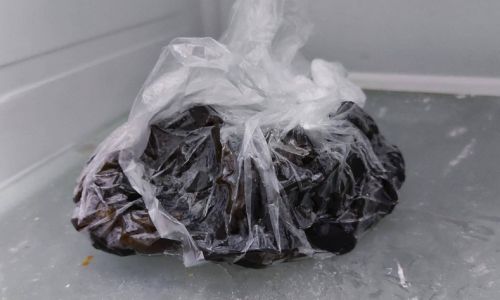
Properly frozen, pre-soaked wood ear mushrooms can retain their quality for up to 6 months. Beyond this period, they may still be safe to eat but may lose some texture and flavor.
Thawing and Using Frozen Mushrooms
When ready to use, thaw the frozen mushrooms in the refrigerator overnight. Alternatively, you can place them in a sealed container and submerge in cold water, changing the water periodically until fully thawed. Avoid thawing at room temperature or using hot water, as this can promote bacterial growth. Once thawed, use the mushrooms immediately and do not refreeze.
Other Storage Considerations
- Avoid Cross-Contamination: Always use clean utensils and containers to handle and store soaked mushrooms to prevent cross-contamination with other foods.
- Smell and Inspect: Before using, always smell the mushrooms and inspect them visually for signs of spoilage. Discard any that have an off odor, slimy texture, or discoloration.
- Consume Promptly: Even with proper storage, soaked mushrooms don’t have an indefinite shelf life. Consume them as soon as possible to enjoy the best quality and flavor.
Conclusion
Storing pre-soaked dried wood ear mushrooms doesn’t have to be complicated. By following the guidelines outlined in this guide, you can ensure your mushrooms stay fresh, safe to eat, and ready to be incorporated into your favorite recipes. Whether you choose refrigeration for short-term storage or freezing for longer preservation, the key is to remove excess moisture, use airtight containers, and maintain appropriate temperatures. With these practices in place, you can enjoy the unique texture and flavor of wood ear mushrooms anytime you need them. Happy cooking!




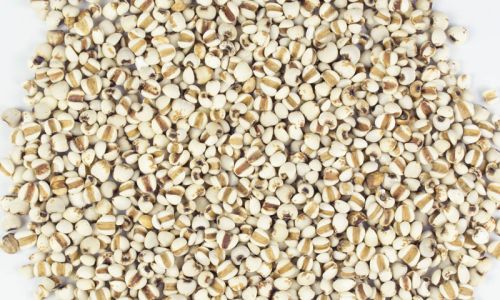
0 comments